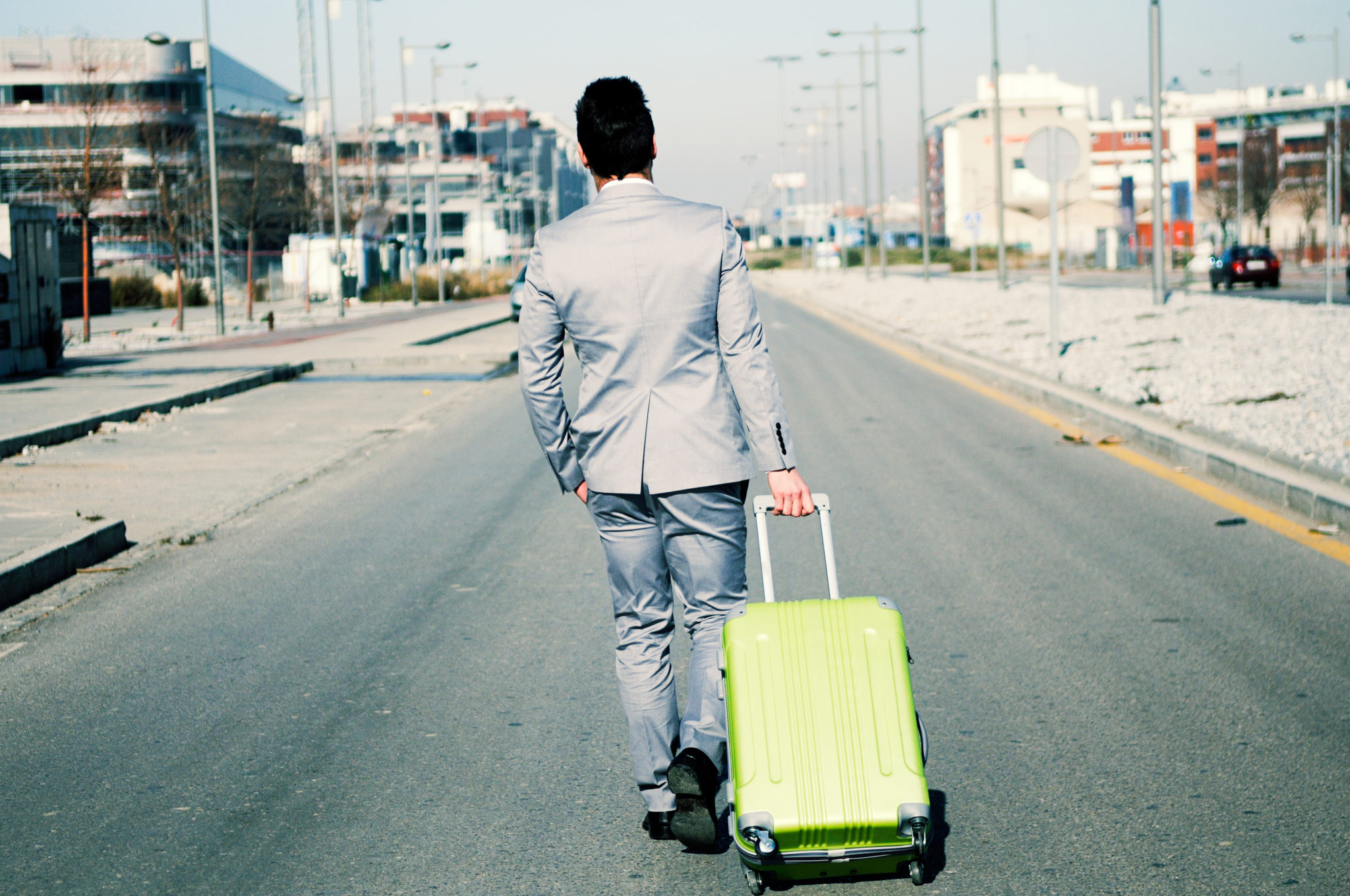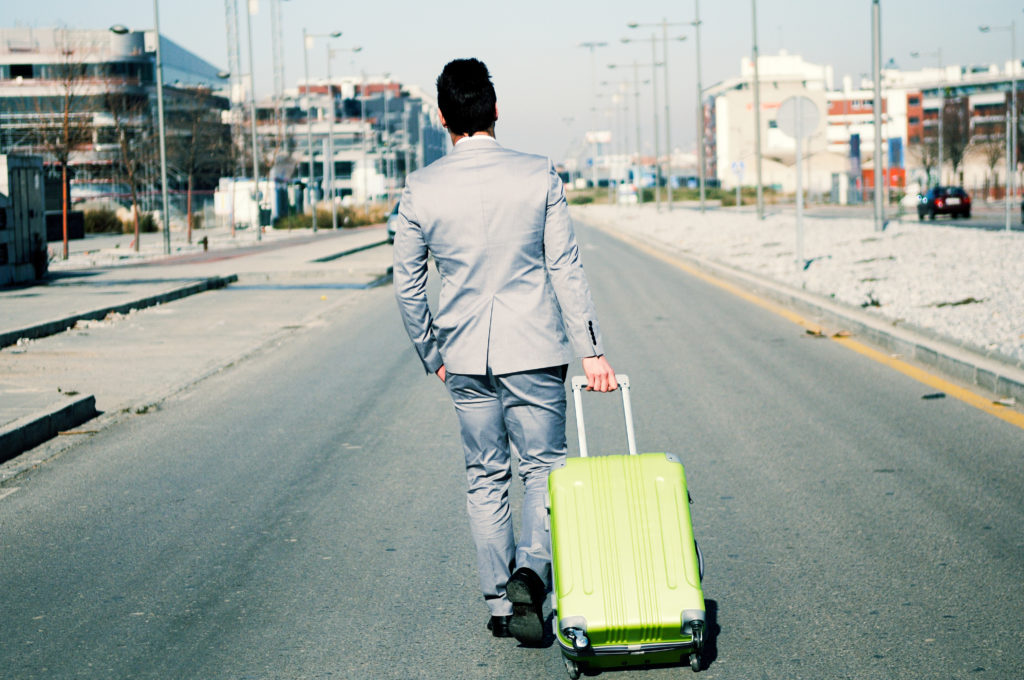
- Hong Kong is the world’s second-most expensive location for expats–its highest position since ECA’s rankings began
- Macau climbs 17 places in APAC rankings this year—now more expensive than Guangzhou and Shenzhen for expats
- Luanda, Angola now the world’s most expensive location for expats
Hong Kong is APAC’s most expensive location for expats and the second-most expensive on a global scale. This was one of the findings of the latest Cost of Living survey published by ECA International,
To ensure that an employee’s spending power is maintained when they are sent on international assignment, a cost of living allowance is often provided as part of the pay package. This allowance will be affected by differences in prices as well as exchange rate movements between that employee’s home and host countries.
Hong Kong is up one place from second position in the regional rankings. From a global perspective, it has climbed seven places to become the second-most expensive location for expatriates—its highest ever rankings on both fronts. Since 2011, Hong Kong has risen steadily in both the regional and global rankings.
Lee Quane, Regional Director – Asia, ECA International commented, “Over the past few years, the HKD has appreciated against most major currencies which has pushed up the price of goods and services relative to those in locations whose currencies have weakened against the greenback.” He continued, “For companies who send staff into Hong Kong and provide cost of living allowances to protect their purchasing power, they will likely need to increase them to ensure that their employees’ buying power remains protected.”
APAC highlights: Hong Kong overtakes Tokyo for regional top spot
In Japan, Tokyo has fallen by one place to second-most expensive location in Asia. All other ranked locations in Japan maintained their positions in the regional rankings. On a global scale, there has been some movement—other than Tokyo (retaining 7th position globally), all other ranked Japanese cities have fallen by four places, with Yokohama 16th, Nagoya 17th and Osaka 18th.
Quane explained, "Prices in Japan have remained stable. The JPY, on the other hand, has weakened against most major currencies, contributing to the decline of Japanese cities in our rankings. This means that for companies, the cost of maintaining their assignees' purchasing power while posted here has fallen and international assignees based in Japan may see their cost of living allowances decrease.”
Macau has climbed both the regional and global rankings this year, approaching the regional top ten and now making the global top 25. It ranks 11th in Asia Pacific and 25th in the world. Since 2012, it has risen by 17 places in the regional rankings–the third-highest climber in Asia Pacific over this period.
Quane noted, “Prices have risen faster in Macau than elsewhere in the Greater China region in the last 12 months,” He added, “Furthermore, the strength of the currency owing to its peg to the strong HKD has also contributed to Macau becoming the second-most expensive location in the Pearl River Delta, overtaking Guangzhou and Shenzhen.”
Shanghai remains the most expensive city in mainland China but has fallen in the global rankings to the 13th most expensive location. All other first-tier Chinese cities have seen more significant declines in both ECA’s regional and global rankings—Beijing is now 20th globally, Guangzhou 27th and Shenzhen 32nd. Within China, all ranked mainland Chinese locations have fallen in our regional and global rankings this year.
Quane stated, “Although the CNY has retained its relative strength against some major currencies, it has continued to depreciate against the USD. This means that assignees from the United States can expect to see lower cost of living allowances. Inflation has increased marginally during the past 12 months, with higher fuel prices making significant contributions to this trend,”
Singapore has remained relatively stationary in the Asia Pacific regional rankings – unmoved in the past 12 months. However, it has fallen by six places to 24th on the global stage.
Elsewhere, Taiwanese cities have been the highest climbers in the regional rankings, with Kaohsiung rising the most in the region from 31st to 18th this year. Ulaanbaatar, Mongolia, remains the cheapest location in the region followed by cities in Malaysia and Myanmar.
“Much of the movement in the rankings amongst Asian locations in the past 12 months has been strongly influenced by currency movements,” added Quane. “Yangon has fallen in the regional rankings on account of depreciation of its currency in the past year while the continued weakness of the Malaysian ringgit is responsible for Johor Bahru’s status as the location with the second-lowest cost of living in the region.”
Sydney remains the most expensive city in Australia. It currently ranks 50th in the global rankings, up from 70th place last year. All ranked locations within Australia rose in our global rankings this year, with Adelaide rising the most, by 34 places to 75th position – although it is still the cheapest ranked location in Australia.
Global highlights – Luanda tops the global rankings of most expensive cities for expats, Buenos Aires significantly rises & Central London falls
Luanda has risen from 8th position last year to top ECA’s global rankings this year.
Quane contributed, “The cost of goods typically purchased by international assignees in Luanda, which were already high due to poor infrastructure and high oil-fuelled demand, have been pushed much higher in the last year. The AOA is increasingly overvalued, which pushes up relative costs; while the continued weakness of the black-market exchange rate has also inflated the price of imported goods.”






